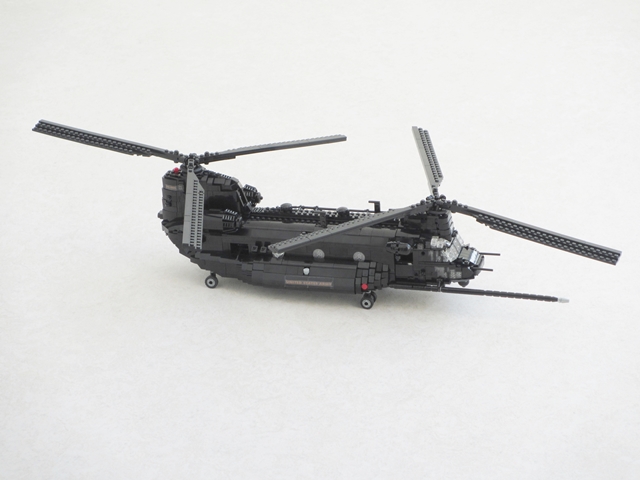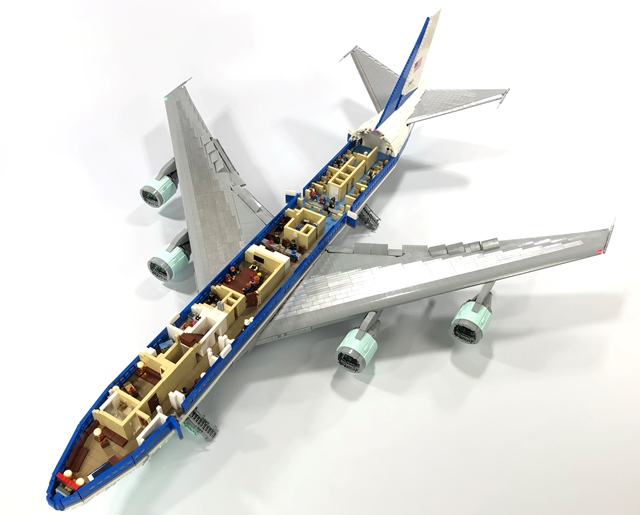My hair may be turning grey, and I have a job, a professional reputation and responsibilities, but hidden just under the surface is the same six-year-old boy who marveled at his first LEGO fire truck, back in the eighties. With the pandemic, for many of us, the last few months probably haven’t been easy. For me, personally, things could be a lot worse. I am healthy and so are my loved ones, I have job security and can work from the comfort of my home. Nonetheless, I am stressed by the uncertainty and by a never-ending amount of work, in combination with not being able to do many of the things I usually do to relax, such as traveling, meeting friends and attending LEGO events.
One thing that does help is being able to channel that six-year-old. I pop up to my loft and put some LEGO bricks together almost every day. And what does my inner six-year-old lifesavers? Well, fire trucks, of course. With a few decades of building experience under my belt and an adult’s disposable income, they’re obviously going to be elaborate. This pair of vehicles represents a Seagrave ladder truck and an ambulance, as operated by the New York Fire Department (FDNY). They are life savers in a real-world sense, but building them also kept me from going nuts.
Click here to continue reading














